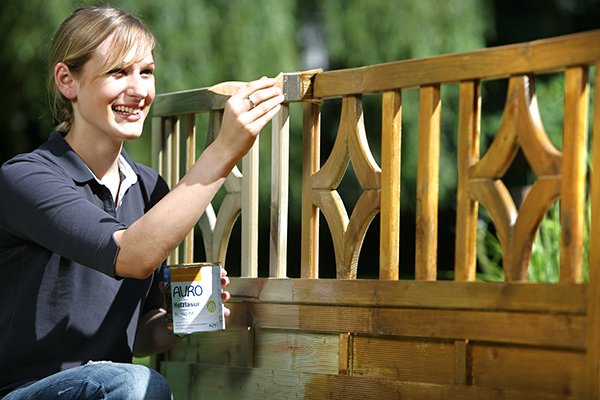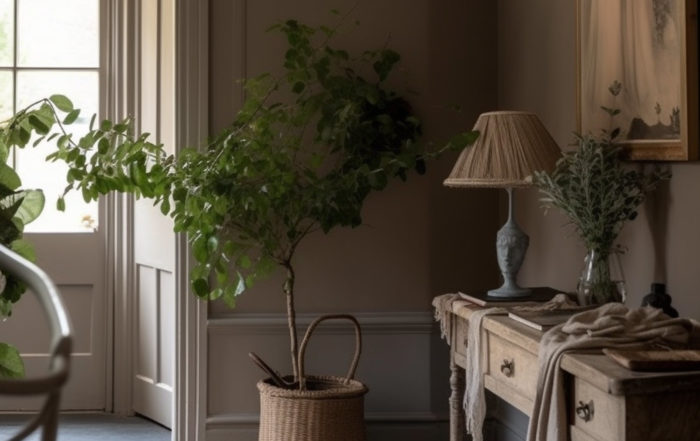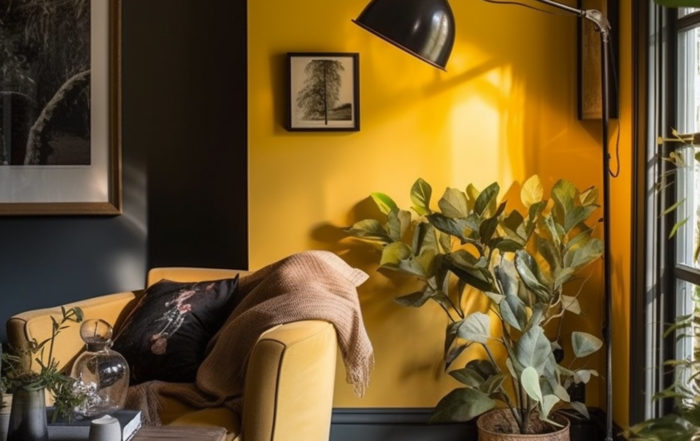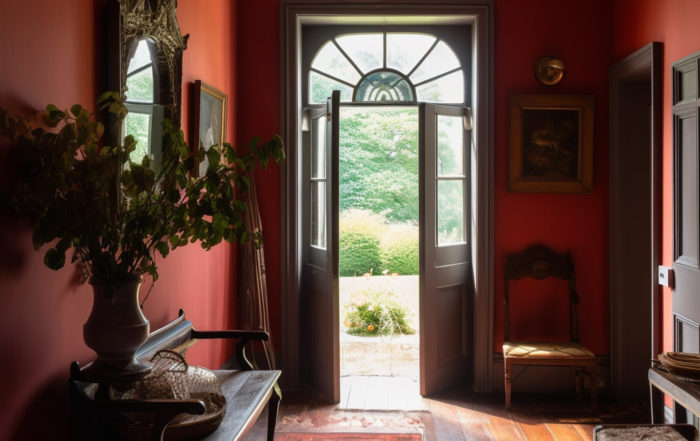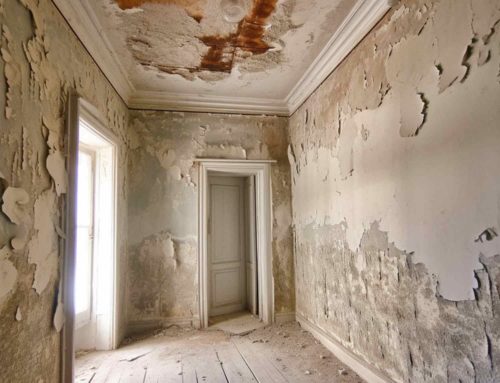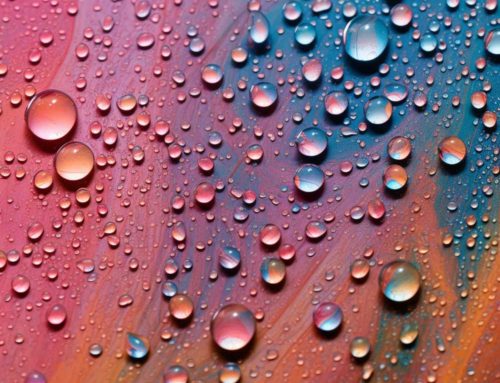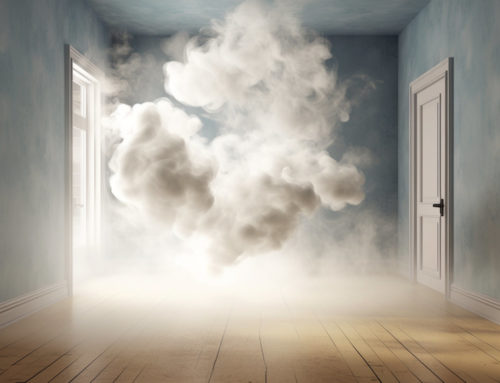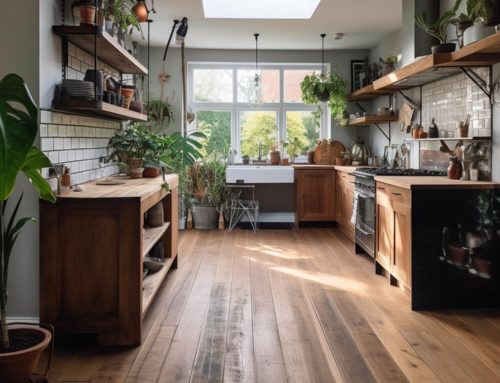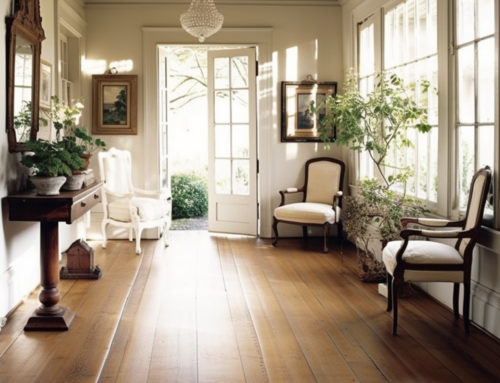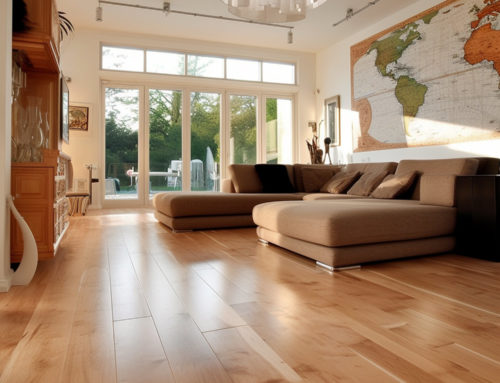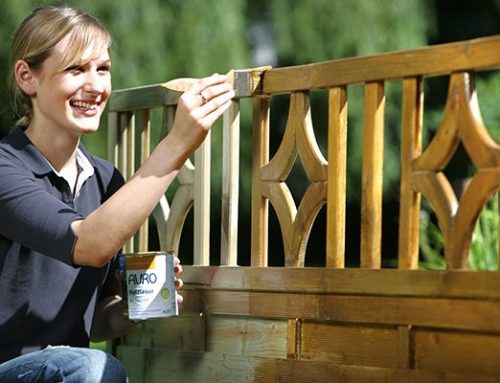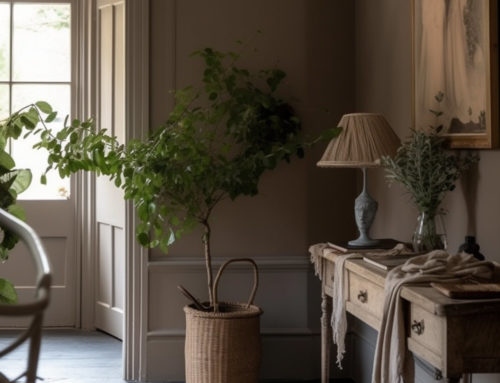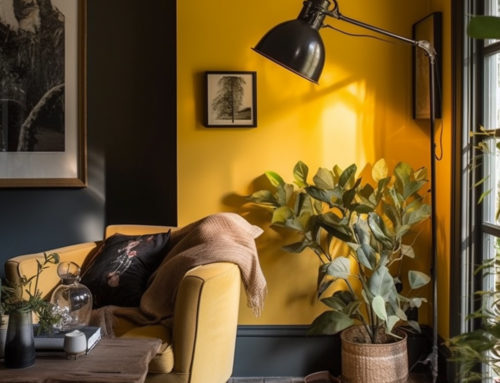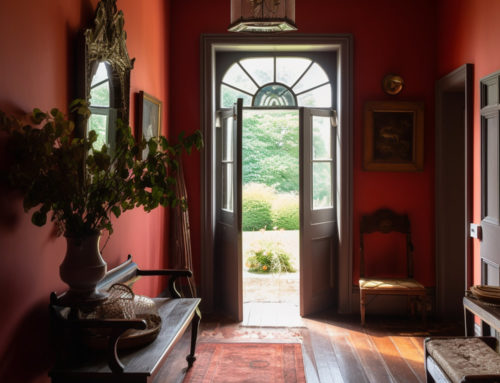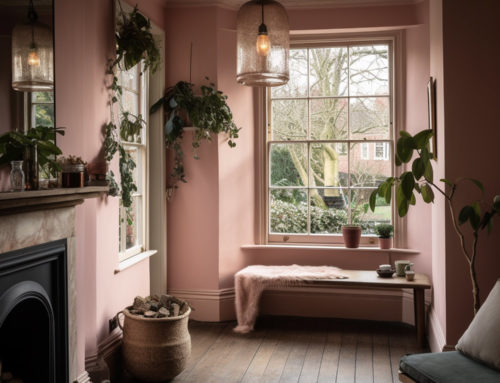Condensation is a phenomena that we are all too familiar with –from fogging up the glass windows with our breath in the winters as kids, to watching it occur on the bathroom mirror after a bath. It might seem harmless (and is in a lot of cases), but sometimes it can prove to be a threat to the comfort of our homes.
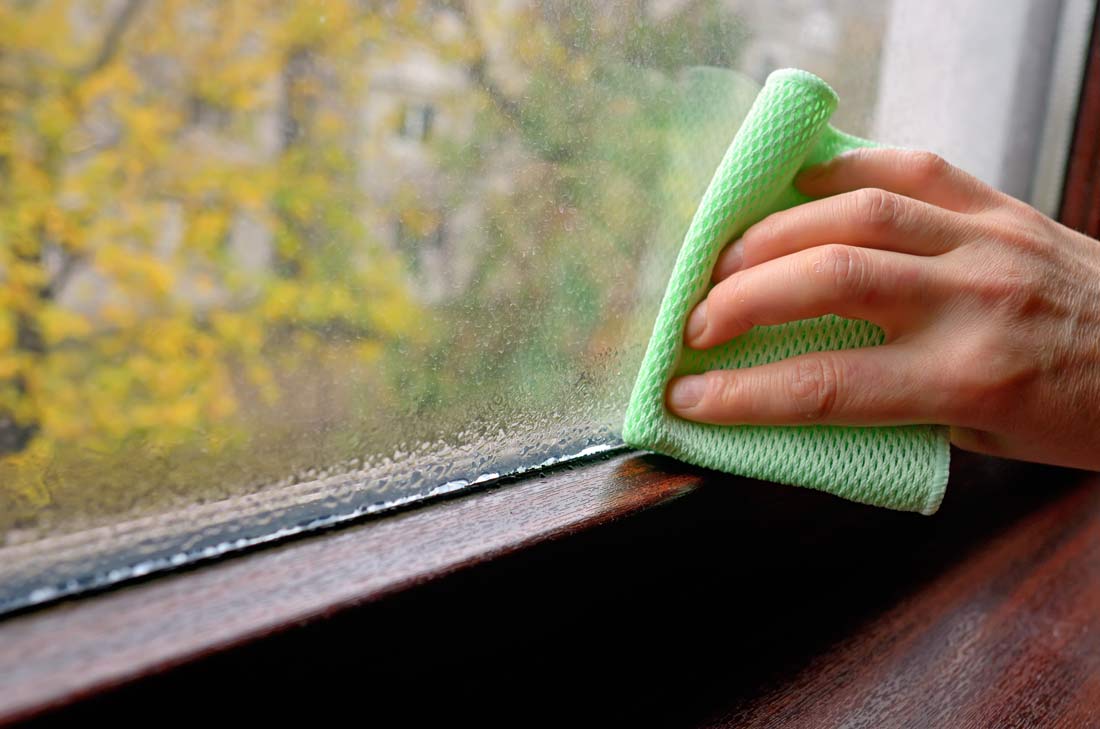
What is Condensation?
Condensation is the process by which any gas changes its state to liquid. In the realm of construction and buildings, the term ‘condensation’ usually refers to the conversion of water vapour in the air to liquid water on surfaces within the house. To understand why condensation occurs, two factors must be understood: Temperature and Humidity.
Temperature, usually measured in Celsius or Fahrenheit, refers to the internal thermal energy of the building, which may be very different from the outside due to the action of Heating Ventilation and Air Conditioning (HVAC) systems, the construction of the building and activities of the inhabitants. Humidity is the measure of moisture content present in the air in a given space, and is measured in Kg/m3. From these two quantities, a third one can be derived: Relative Humidity (RH). Relative Humidity is the amount of water vapour in the air, expressed as a percentage of the total water vapour air can hold at a given temperature. When the Relative Humidity is at 100%, the temperature is said to be at its ‘Dew Point’. Any excess moisture add to the air beyond this point will be deposited, in liquid form, on the coldest surface the air is in contact with. On the other hand, if the temperature of a room drops below the dew point, condensation will occur since the capacity of the air to hold water vapour has decreased.
Potential Dangers of Condensation
Condensation is a commonly seen phenomenon. It is observed on the surface of canned drinks taken out of the fridge and left in the open. It is seen on bathroom mirrors during a shower, or on glass windows on cold mornings. Though seemingly benign, condensation can lead to a range of problems in the home environment. These concerns can be of a mild nature or something much more severe depending upon the persistence and duration of the condensation.
Mould or Mildew growth
Mold is a fungal growth that thrives on surfaces with high moisture content. While non-toxic, the fungus may release toxins and spores into the air that can lead to a variety of respiratory health concerns. These include coughing, wheezing, asthma, rhinitis, ocular irritation, nasal stuffiness and other allergic reactions. Mold is also unpleasant to look at, and degrades a home’s aesthetic.
Staining
Condensation on the surface of walls, windows and doors can lead to various types of stains. Water may dissolve compounds such as paint or lime and cause flakiness or discolouration in susceptible areas.
Damage to Electronic Appliances
Many household appliances such as TVs, Ovens, Speakers etc. are vulnerable to the damage caused by condensation. The condensation may occur in the internal circuits of these appliances and cause short-circuiting, which can lead to appliance failure or damage, or even electric shock. This may occur in warmer months when overactive cooling may be combined with inadequate dehumidification, lowering the Dew Point so that the air cannot hold much moisture and thus deposits any excess onto and into appliances.
Corrosion
Many metals, such as iron, oxidise in the presence of air and water to form rust. This rust can accumulate on the metal surface and may penetrate deeper, given enough time. While most metals used in households are treated for rust prevention, some may be susceptible to corrosion. The process weakens the structure of the metal, and may impart an unsightly appearance to the object.
Rotting
Wood rot may be triggered by a combination of moisture and fungi; both of which are the result of condensation. The wood may emit unpleasant odours, and start to deform due to structural damage.
Interstitial Condensation and Reduced Effectiveness of Insulation
A major problem occurs when condensation occurs in the layers present between inner and outer walls of houses. This is known as ‘interstitial condensation’. Depending upon materials used within the wall cavity, the temperature outside and inside the wall may be vastly different. This temperature gradient may reach the Dew Point between the interior and exterior surfaces, causing condensation.
The presence of water may cause, besides structural damage, a reduction in effectiveness of the insulating material. Water, as it fills the air gaps in the insulation, provides an easier path for thermal energy to escape.
Frost Damage
If water penetrates into wall cavities in cold weather, there is a risk of ice formation. Since water expands when it cools to ice, this can cause structural damage to the interiors of walls as well as to house wiring and appliances.
What are the Sources and Causes of Condensation in Households?
Finding out the sources of condensation can help residents in determining the steps that must be taken to counter its effects. Although some sources, such as breathing, cannot be dealt with, knowledge of each source can aid residential owners in making informed decisions to deal with condensation.
Showering and Bathing
The most humid place in the house is the bathroom. Especially during warmer months, or due to internal heating, showering can result in copious amounts of water vapor to saturate the air and cause condensation. If not properly vented, this moisture can penetrate into the bathroom walls or the rest of the house.
Cooking
Most food items have at least some water content. This moisture is released when food is heated while cooking. On top of this, burning gas in stoves releases its own moisture, compounding the amount of moisture released during cooking. This makes the kitchen a major source of condensation problems in the house.
Laundry
If clothes are washed and left to dry in the house, especially during cold weather, humidity levels can increase dramatically. The water evaporates from the clothes and eventually saturates the air.
Modern Air Conditioning Systems
Ironically, modern Air Conditioning systems don’t expunge as much humidity from the house as did older ones. Since these newer systems are much more efficient, they reach the desired temperature quickly and don’t run as long as older models. This reduces the amount of moisture extracted from the air.
Preventing Condensation in Homes
Armed with the knowledge of condensation and its causes, one can take appropriate measures to rid the house of its ill-effects.
Investing in an Efficient Heat Recovery Ventilation (HRV) System
Installing an HRV system can make a huge impact in reducing condensation in a household. The HRV system helps maintain the internal temperature and humidity of the building, working in conjunction with, and increasing the effectiveness of, Air Conditioning and Heating systems. A system of ductwork, vents and fans control the ventilation of the entire house. Stale air is extracted from humid rooms, such as the bathroom and kitchen, while fresh air is supplied to the rest of the house. As a bonus, the HRV reduces fuel costs due to heating and helps reduce the home’s carbon footprint.
Using a Dehumidifier
A dehumidifier is a simple solution that may be installed to reduce the humidity in a room or several rooms. Its efficiency increases when it used with an HRV system or proper ventilation, leading to lower running costs.
Drying Laundry Outside
Drying the laundry outside the house, in the front or backyard, not only allows all the moisture in the clothes to escape, it prevents the acrid smell of detergents and other washing agents leaving an odour in the house. If drying outside is not a possibility, proper ventilation of laundry rooms must be ensured.
Checking for Leaks
Leaks can be a source of excess humidity within the house and should be fixed promptly. Common sources of leaks can include kitchen and bathroom sinks, water pipes, gutters, downspouts, roof coverings and rain screenings.
Using Glazed Windows
Glazed windows have a vacuum present between glass sheets and are thus better insulated than regular windows. Their house facing side doesn’t lose temperature as easily. This reduces the amount of condensation that accumulates on its surface. For an even better result, one can use double, triple, or even quadruple glazed windows.
Using Proper Insulation and Vapour Barriers
To prevent condensation, it is a good idea to check for any ‘Cold Bridges’ that may have formed in the insulation. These are pathways in the insulation cutting across the thermal envelope that allow heat to escape, or penetrate, the house. The resulting temperature gradient can cause interstitial condensation. Once this problem is identified, the insulation could be enhanced or replaced, preventing heat loss from the house. Vapour Barriers or Vapour Control Layers (VCLs) can also be introduced in the walls. These slow or prevent the penetration of moisture into areas in the insulation where it may get cold enough to cause condensation.
Conclusion
Condensation is a real problem that effects many households. If left unchecked, it can wreak havoc on the health of the building as well as the inhabitants. Fortunately, following a combination of the aforementioned suggestions and altering some habits, one can help prevent condensation from becoming a serious problem to household life.
What is the World’s Favourite Colour? A Journey Through Hues, Cultures & Psychology
When it comes to colour preferences, there is an astonishing range of opinions and emotions that are influenced by cultural, social, and personal factors. With over 7 billion people on the planet, identifying the [...]
The Significance of Pantone Colour of the Year: A Colourful Forecast for the Future
In the world of design, the Pantone Colour of the Year announcement is a highly anticipated event. Since 2000, the Pantone Colour Institute has selected a colour that they believe will be a leading [...]
Painting a Wooden Trellis: Prepping, Painting, and Choosing the Right Finish
A wooden trellis can add beauty and functionality to any garden or outdoor space. However, over time, weather and wear can take their toll on the wood, leaving it looking dull and unattractive. To [...]
Embracing Greige: The Perfect Blend of grey and Beige for Home Decor and Wall Paint
Greige is the harmonious union of grey and beige, resulting in a warm, versatile hue that is quickly gaining popularity in the world of interior design. As a neutral shade with a contemporary edge, [...]
Brighten Your Home with Yellow Wall Paints
Exploring the History, Trends, and Psychology of this Sun-kissed Hue Yellow is a natural paint colour that has been associated with warmth, happiness, and vitality for centuries. As one of the most vibrant and [...]
The Power of Red: A Comprehensive Guide to Red Wall Paints in Your Home
Red, an incredible paint colour often associated with passion, energy, and warmth, is a bold and captivating option for interior design. In this article, we'll explore the history of red wall paints, discuss why they [...]

Hi! I’m Chris, the founder of The Organic & Natural Paint Co, and I’m focused on the education and promotion of natural non toxic alternatives to chemical laden everyday products that we just take for granted. We have a choice, and I want to raise awareness of alternative products that don’t actually harm us!
This company is my way of pushing the awareness of better indoor air quality, something that I am personally passionate about due to my own children’s breathing medical conditions. I just couldn’t paint with big brand standard petrochemical paint any longer and wanted another solution.
Read more: About me
Twitter: NaturalPaintCo
Instagram: thenaturalpaintco




